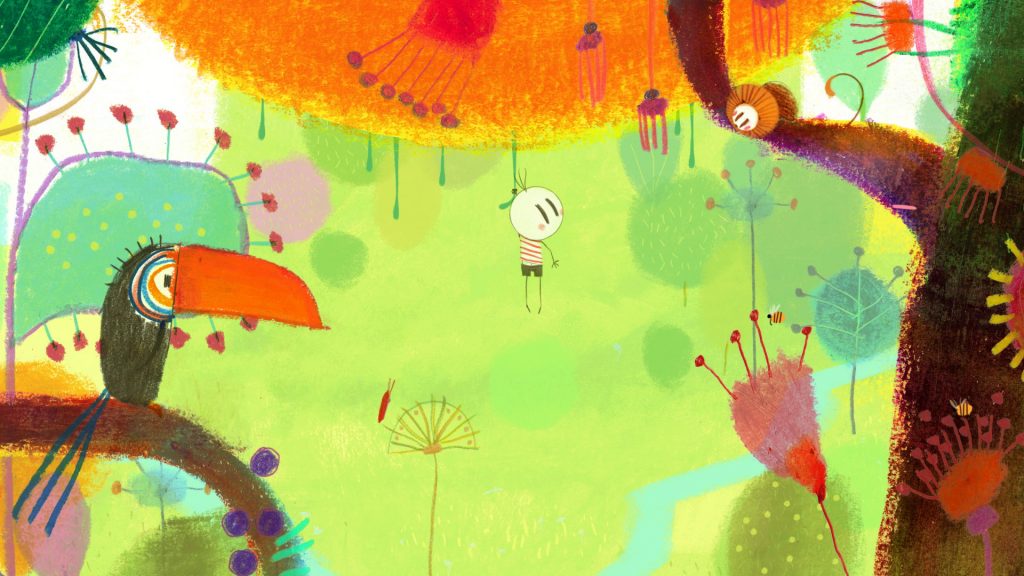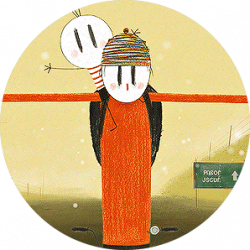The Deep Mist (A Cthulhu Style CG Trailer)
Showreel:
Team Members and Roles:
Zhenzhong Liang: Story; Storyboard; Character Modeling; Character Texturing; Main Editing; Compositing;
Ziyin Wang: Story; Storyboard; Creature Eye Modeling; Creature Eye Texturing; Animation; Compositing;
Yaozhang Zhong: Story; Storyboard; Environment Layout; Lighting; Camera Animation; Rendering; Compositing;
Guanze Wu: Story; Storyboard; Rigging; Environment Layout; Lighting; Camera Animation; Rendering; Compositing;
story brief:
The year 2025, the organization detects that an abnormal radiation signal is expanding in the restricted area. Several inspectors have been sent to the area to investigate the signal and collect evidence, but the base lost contact soon. Therefore, the organization asks two inspectors to continue collecting evidence and try to find the investigation team.
The investigation goes well at the beginning. However, as the investigation expanded, inspectors find some bodies of the investigation team. They also find a mysterious cave inside the abandoned area. After entered in the cave, they realized that there is some mysterious forces inside the area……
Storyboard
We made our own version of the storyboard based on the work we had agreed to do and then put together a collage of everyone’s storyboards to form a complete version.



Reflections
For me, this project was a lot of fun. We used a combination of a new animation process to complete our trailer. More importantly, I explored Unreal Engine 4 and other technologies, which was probably one of the biggest challenges for me on this project. Maya and Unreal Engine 4 combined to significantly speed up our process, especially the rendering time, which was convenient and easy to use.
Also, some parts of the project didn’t have enough time to be polished due to the very limited time available. I think we could have continued to optimise our lighting and animation if we had had time. Nevertheless, we have achieved our goals in this project. I learned a lot from it and enjoyed it.

